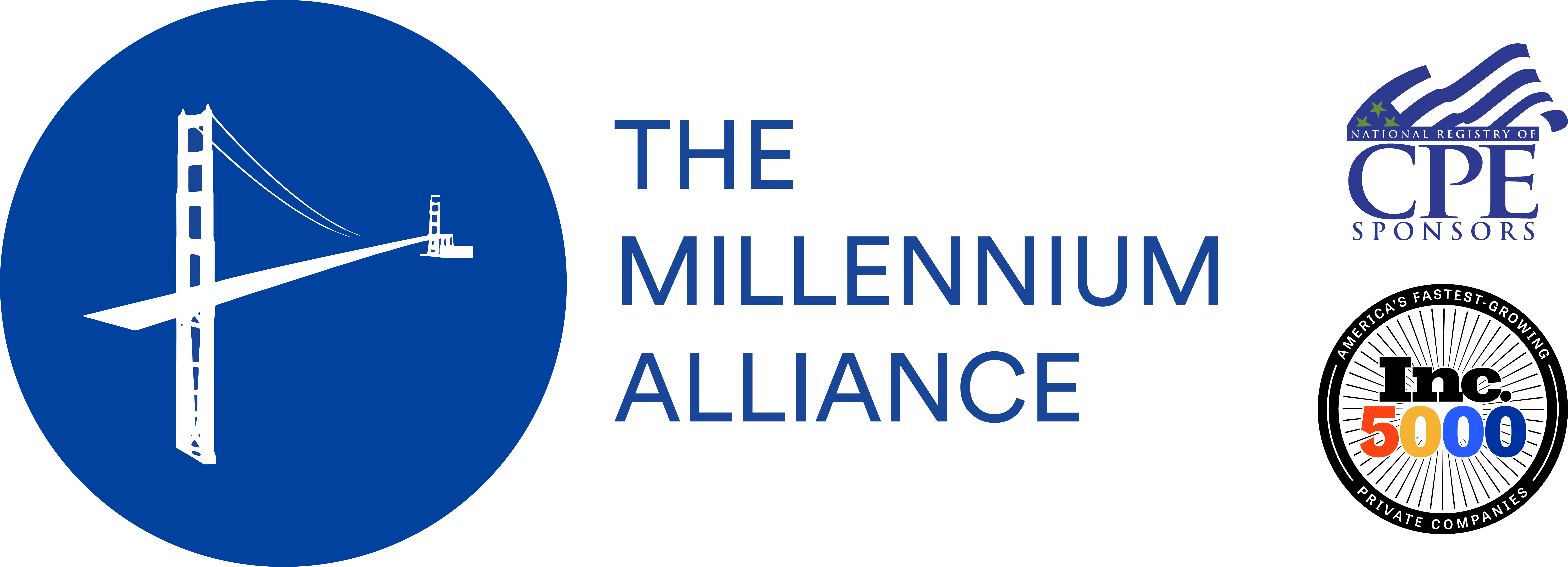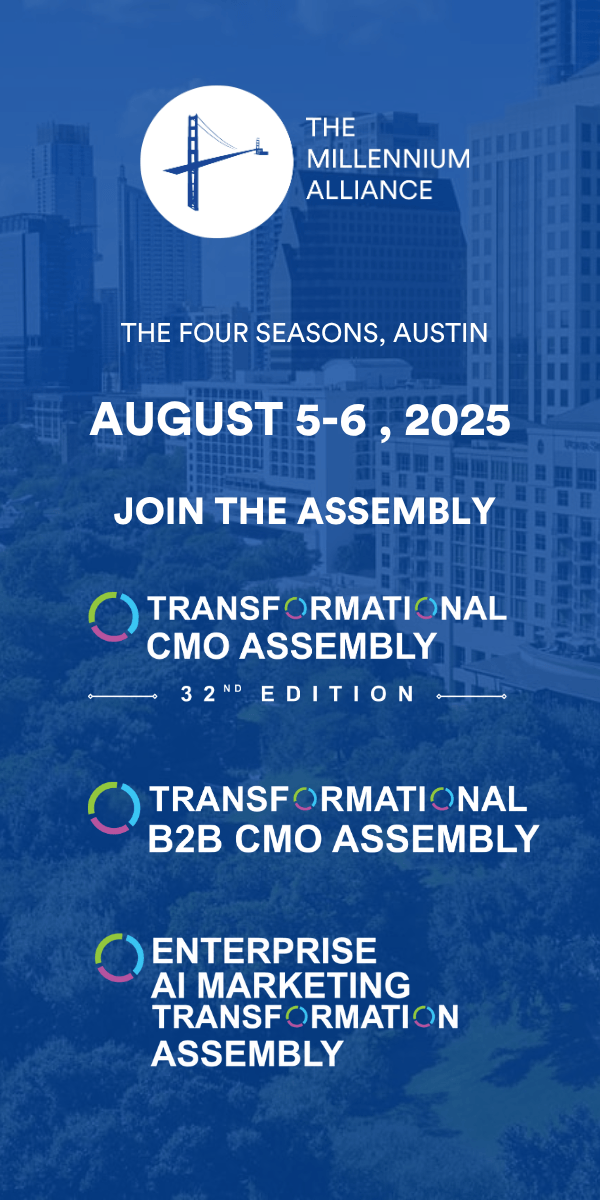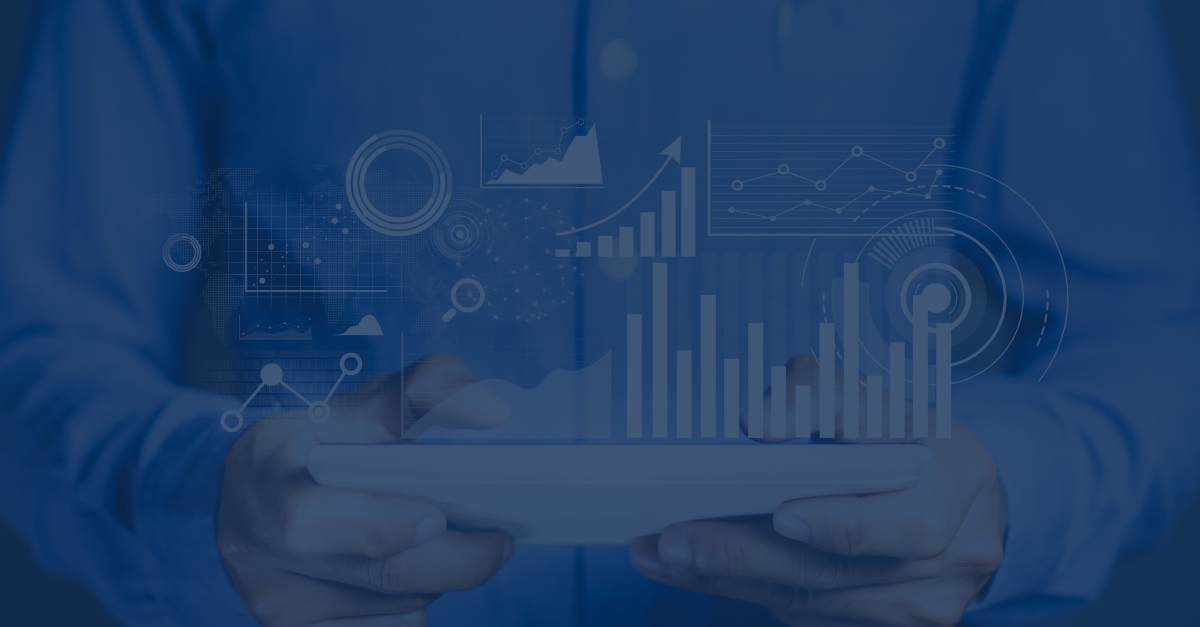The work environment over the last decade quite literally, broke walls. In the 2010’s, office spaces started to emulate modern designs brought forth by Silicon Valley tech companies. Open floor plans were sought out to remove barriers between departments, co-working spaces became the norm, and office supplies became a bit more nuanced – we started to see a lot more beer on tap and ping pong in the office.
Then COVID-19 hit. And 62% of Americans have been working from home in their virtual cubicles ever since. As we’ve been in a national lockdown for over two months, the conversation has shifted toward re-opening, and what the post-COVID world is going to look like. There’s two things we can expect to see in the long-term: a large portion of the workforce pivoting towards remote work, and a huge shift in the workplace’s design & functionality.
The workforce is going to become increasingly virtualized, which isn’t by any means a new trend. In surveys conducted prior to COVID, 80% of employees wanted some degree of work from home, and 36% were willing to take a pay cut in exchange for that flexibility. Many organizations have embraced this shift because of the significant cost savings – thanks to their remote work strategy, IBM saved $50 million on real estate costs and McKesson saved $2 million a year. Other studies show it can save $10,000 per year on every employee that makes the shift to remote. Ultimately, it’s a win-win for employers and employees alike, which is why change in the work structure has grown so dramatically in the years prior to COVID – it grew by 91% in the last 10 years, and 44% in just the last 5 years. Look at it this way, we’ve been aware of many of these pertinent shifts brought on by COVID-19 for a long time, and the pivot towards virtual work isn’t the only one. COVID-19 has ripped off the metaphorical bandaid, and we’re now forced to address many issues that will allow for us to become better equipped for the future ahead of us.
It doesn’t take a crystal ball to see that remote work, in some capacity, will be a large part of the workforce forever. Global Workplace Analysis estimated that between 25-30% of the workforce will be working remotely by 2021. But in the future, we can expect to see more structure to the system, like better safeguards for cybersecurity, a lot more development in video communication tools and there’s already an increase in companies monitoring productivity by measuring activity logs or keystrokes.
But on-site work won’t become completely eradicated for all office employees. It’s just going to look totally different, and this wouldn’t be the first time an outbreak sparked a change in aesthetics – tuberculosis sanatoriums are said to have influenced much of the minimalist and modern design we see today, and the industrial revolution brought us improvements in indoor and outdoor plumbing in an effort to minimize cholera and typhoid outbreaks. In a strange way, it’s comforting to know that we’ve been here before – we’ve adapted in the past, and we’re surely going to continue to adapt in the midst of this crisis.
Commercial real estate giant Cushman and Wakefield offered a glimpse into what the future workplace might look like with the design concept, “The 6 Feet Office”. This COVID-conscious office concept featured contact-less elevators, 6-foot floor markers, one-way corridors, temperature checkpoints, replaceable desk pads, and a lot of plexiglass. They’re currently implementing these features with their clients in China, where they’ve helped over a million workers get back to the office.
Despina Katsikakis, Head of Occupier Business Performance at Cushman & Wakefield added, “Improved air filtration is probably the single most important lesson learned from China.” Especially given the nature of COVID’s spread, as the virus can travel through the air in respiratory micro-droplets, we can expect to see a new standard for indoor air quality. This is actually something that was foreseen in China several years ago. High-end air filtration systems are already the norm in many office buildings and the country has indoor air certification safety standards – this largely contributed to China’s ability to quickly get their workforce back into the office. Improved indoor air quality standards in the U.S. are long overdue, with pre-COVID research showing that CO2 levels in many office buildings were high enough to impair human health and showed signs of significantly impacting workers’ cognitive functions.
This post-COVID world is going to be mindful of limiting the spread of all infectious diseases, not just COVID-19. 80% of infectious diseases transmitted through touching a contaminated surface, so you can also expect to see an emphasis on contactless pathways in the coming years – like using your smartphone to call down an elevator or get a coffee, and motion-sensored doors inside and outside the office. Ultimately, we’re going to see limiting the spread of germs influence functionality and design in products and spaces in the ongoing future.
Ironically, these critical changes brought about by COVID-19 aren’t just today’s news – many of these topics and issues have been front of mind for several years, leaders just weren’t aware that these systems would need to be built overnight. We’re in the midst of something truly beyond ourselves. It’s somber, nerve-wracking, and we don’t have all the data yet. But I think that the lessons we’ve learned during COVID-19 have shown us something within a realm of possibilities that we never want to see again. The systems we put in place today have the profound ability to save lives down the line for generations to come, so as we trudge through these challenges, let’s make that our silver lining.














